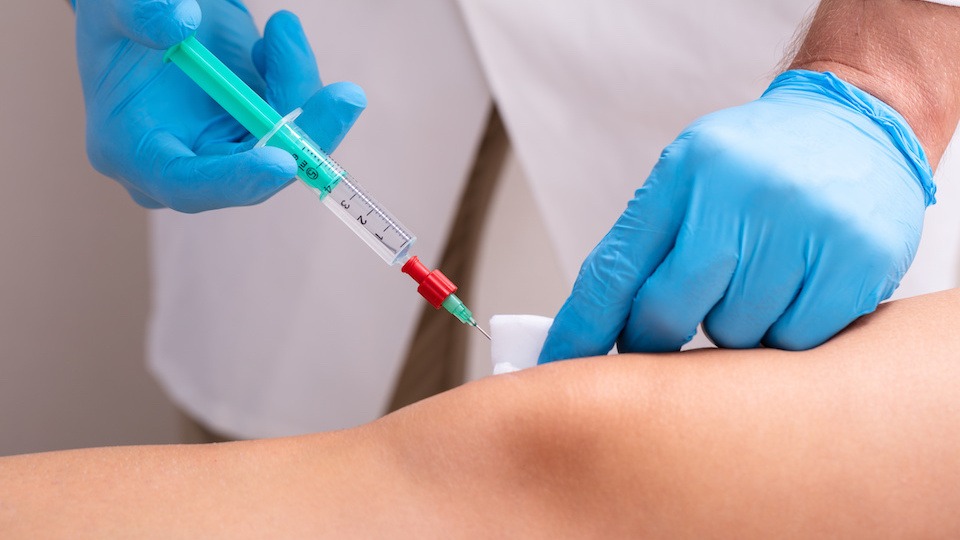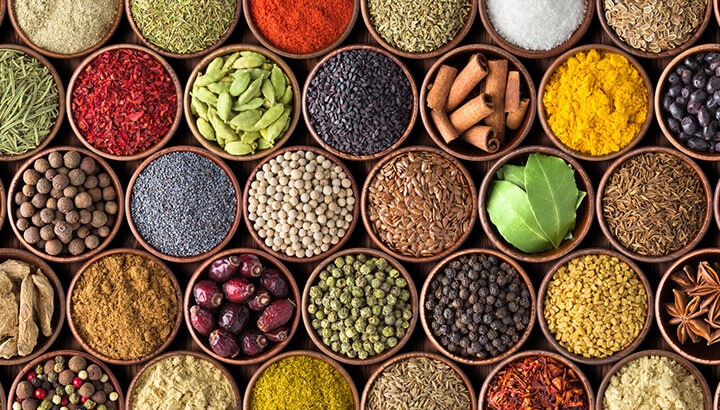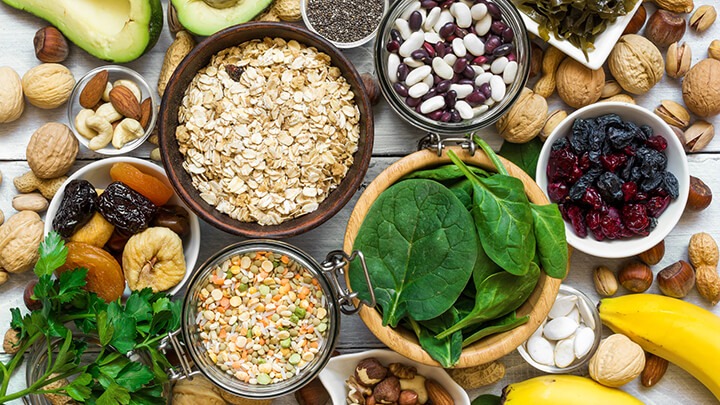Do you remember Bo Jackson? He was a multi-sport professional athlete who had superhuman abilities in his prime. It seemed like there was nothing he couldn’t do…which is what prompted Nike to launch their famously successful “Bo Knows” advertising campaign. Well, what Bo didn’t know at the time was that he was about to have a career-ending injury to his hip. The injury was caused by what looked like a fairly routine tackle…but with a catastrophic result. Although his medical history is really none of my business, I suspect that repeated corticosteroid joint injections may have played a role in increasing his risk of serious injury. Professional athletes often get “special treatment” in the form of more frequent joint injections than they should to keep them on the field …sometimes with disastrous results. This article by my UpWellness team is about the darker side joint injections and some natural alternatives to keep you in the game.
Be Well,
Dr. Josh
Unfortunately, joint pain, from any number of causes, can be incredibly debilitating and make accomplishing simple daily tasks excruciating. Whether you experience pain in your shoulder, knee, hip, elbow, wrist, or any other joint, you have probably searched for ways to find relief. You’ve likely tried exercise, physical therapy, and medication and are searching for any other options to help avoid surgery. If you’ve come across joint injections and are considering them as an alternative to more invasive measures, there are a few things you should know before undertaking this medical intervention.
There are two main types of joint injections that your doctor may suggest depending on your injury and pain level. These include:
Corticosteroid injections
Corticosteroid medication is commonly injected into joints of patients suffering from osteoporosis. It is used to provide rapid relief for pain and inflammation and is a temporary fix, usually only lasting for up to six months. In severe cases, this may only be effective for a few days.
Risks:
Like any injection, corticosteroid injections may prove harmful. Remember, this is not a cure or a way to remedy whatever joint issue you are experiencing. It is simply a way to cover it up and force you to come back for more. Over time, however, too many injections could lead to cartilage break down, which can contribute to existing knee problems. Plus, corticosteroid injections may increase blood sugar levels in those with diabetes.
Hyaluronic acid (HA) injections
Usually used as a secondary option to the more popular corticosteroid injection, this type of injection is primarily reserved for use in the knee (one of the most common locations for joint pain. It may also be used if there are no signs of inflammation since it is not an anti-inflammatory injection. HA works to mimic your natural joint fluid and restore it to its intended consistency. Since osteoporosis often causes joint fluid to become watery, HA is beneficial as a lubricant and shock absorber. Some physicians suggest it can even help reduce pain because it coats the nerve endings inside the joint.
Risks:
Some people have an allergic reaction and could experience severe inflammation. Plus, it is not a viable option for all patients.
Other issues:
One study showed particularly concerning results associated with intra-articular corticosteroid injections and has many raising concerns about this common practice.
The researchers conducted a search on patients they had injected during (2018) in the hips and knees and found out that eight percent had complications, with 10 percent in the hips and four percent in the knees. This is a reasonably high percentage rate of complications considering they have been viewed as totally safe and viable options for dealing with osteoarthritis pain.
“We are now seeing these injections can be very harmful to the joints with serious complications such as osteonecrosis, subchondral insufficiency fracture, and rapid progressive osteoarthritis,” said corresponding author Ali Guermazi, MD, PhD, chief of radiology at VA Boston Healthcare System and professor of radiology at BUSM. “Intra-articular corticosteroid injection should be seriously discussed for pros and cons. Critical considerations about the complications should be part of the patient consent which is currently not the case right now,” he added.
Remember, joint injections are not a cure for your joint problems. Here at UpWellness, we firmly believe in getting to the bottom of health issues and tackling the pain and inflammation at the source. This means working with your orthopedic to figure out a plan, resting your joints, and listening to your body.
Natural ways to reduce joint pain
Rather than immediately jumping to oral or injected medication or going straight to surgery, try these methods to reduce your joint pain naturally. Instead of merely covering up an existing issue and relying on drugs to help you move, these ideas utilize the power of your own body to support your joints.
Lose weight
If you are experiencing joint pain not related to an injury or other clear cause, this is likely arthritic pain. This pain is often (not always) caused by excessive pressure on the joints. For instance, if you have knee pain, carrying around extra pounds will just put even more weight on those stressed-out joints. Eat right, exercise (even simply walking every day), and your joints will thank you for it.
Eat turmeric
Curcumin in turmeric is a potent anti-inflammatory, and adding this to your diet is a great way to decrease swelling in your joints and reduce pain. Always eat turmeric with black pepper to increase absorption.
Gentle exercise
Swimming, tai chi, yoga, walking, and biking are great ways to stretch out your joints and help strengthen and restore mobility. Though it may be difficult at first, focus on exercises that you can accomplish and gradually build up to more resistance training and higher intensity workouts.
Eat an anti-inflammatory diet
Inflammation contributes to joint pain and can hamper movement. Remember, your diet plays a huge role in inflammation, and cutting certain inflammatory foods out of your diet will significantly help. Cut gluten, refined grains, processed dairy out of your diet. Replace these foods with berries, leafy greens, and other fruits and veggies that provide essential vitamins and minerals.
-The UpWellness Team







